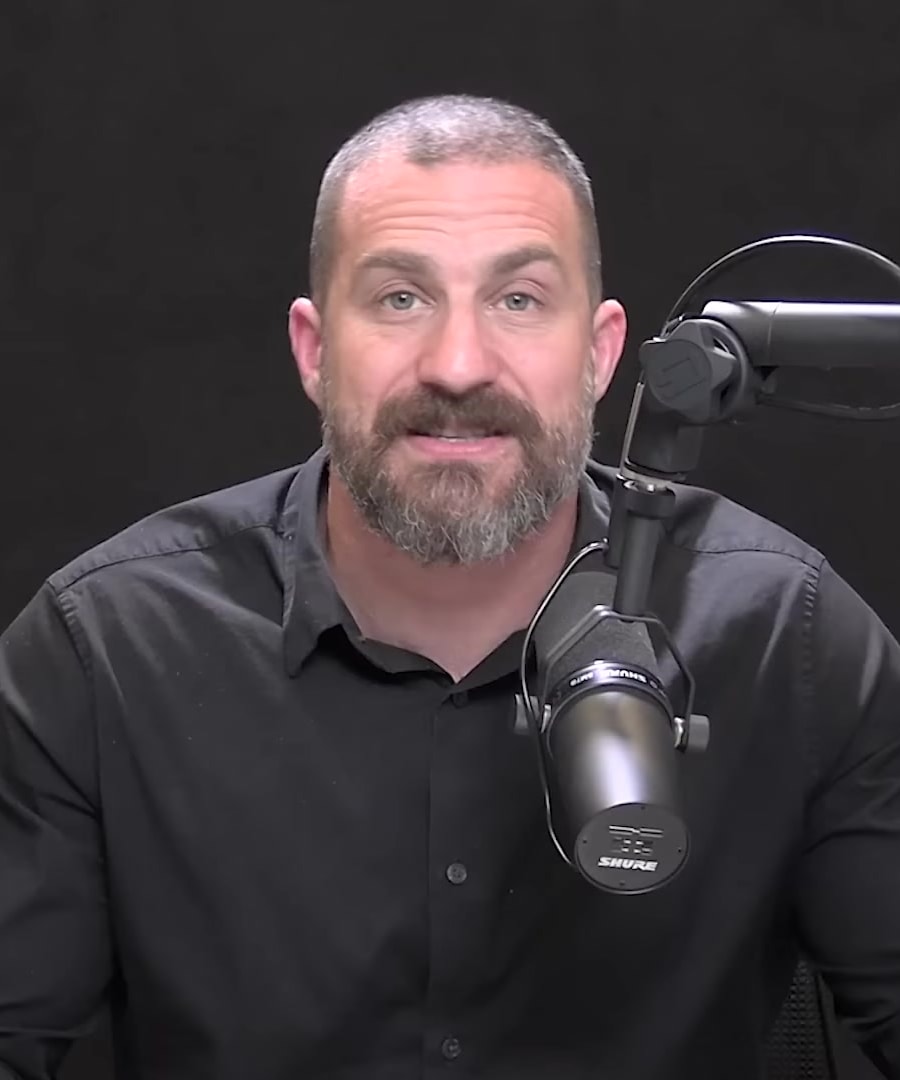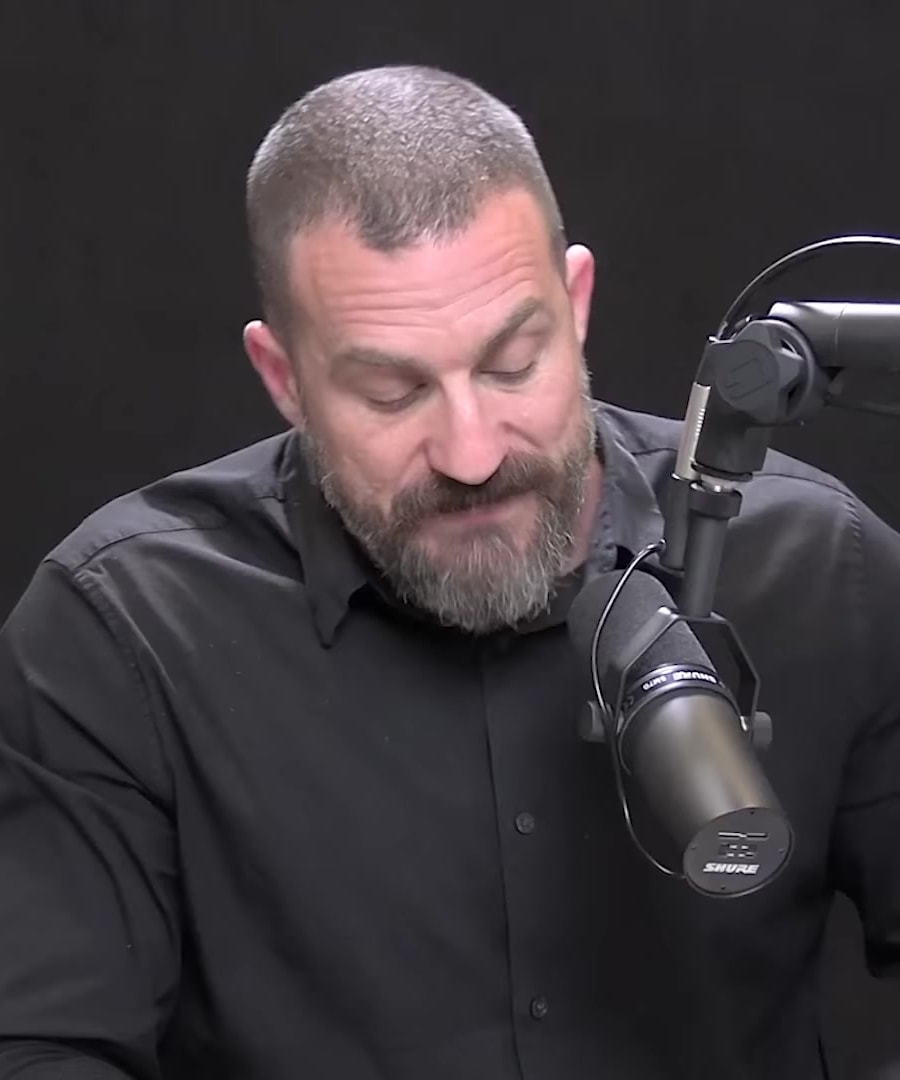Best protocols for reducing anxiety
Sources:
To reduce anxiety, recommends several protocols backed by research:
-
Breathing Exercise: The cyclic physiological sigh, which involves repeated cycles of two quick inhales through the nose and a full exhale through the mouth for five minutes daily, can improve mood, reduce anxiety, and enhance sleep 1.
-
Heat Exposure: A sauna protocol, which involves 12-minute exposures to a 90-degree Celsius environment followed by a six-minute cooldown in cool water, can significantly lower cortisol levels, thereby reducing stress 2.
-
Journaling: Writing about emotionally significant experiences for four consecutive days has been shown to reduce symptoms of depression, anxiety, insomnia, and stress. This exercise improves both mental and physical health metrics 3.
-
Hypnosis: Using hypnosis protocols on a hypnosis app like Reveri can effectively reduce anxiety. These protocols are designed to induce deep relaxation and focus, increasing self-awareness and plasticity in the brain 4.
-
Brief Intense Stress: Short-term exposure to intense stress (five minutes a day in an animal study) was shown to undo the effects of chronic stress. This suggests that brief intense stress might also be a useful tool for humans in managing stress and anxiety 5.
-
Recalibrating Threat Responses: Breathing protocols can be used to either increase or decrease autonomic arousal, helping manage stress responses and recalibrate the system 6.
Each of these protocols has its own mechanism for reducing anxiety and can be incorporated into daily routines according to personal preferences and needs.
RELATED QUESTIONS-
Best protocols for reducing anxiety
- RELATED QUESTIONS





